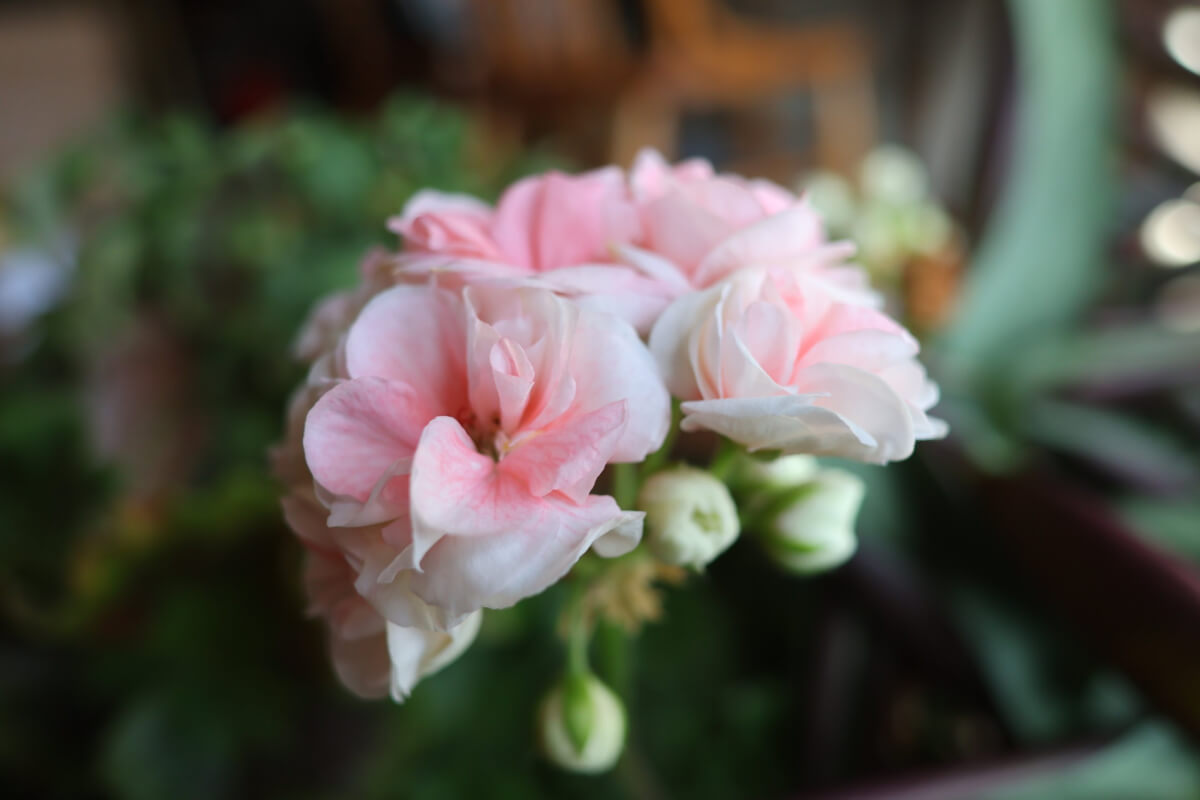Continuing our overwintering topic from yesterday that you all seemed to like! When we start to get into the area of overwintering “all perennials” in locations where it’s otherwise impossible, we’re exploring an area of botany that has rather little research and practice. But, just like with peppers, it’s often possible to achieve “perennialization” even where it’s supposedly impossible. Unfortunately, we also don’t have the expertise to advise across “every” perennial, so we’re just going to give you general guidance.
One of the “key” things to know is that some perennials, particularly cold hardy plants, will actually “need” some sort of “winter” to survive overwintering. If we treated them like peppers, keeping them indoors all winter, it’s likely you won’t see survival. This will be especially true if you’re trying to grow, say, a zone 6 perennial in zone 4. Or a zone 4 perennial in zone 2. Fortunately, us northerners are in a position to also do that, even if “your winter” gets too cold overall. You’ll need to do a bit of research into your specific plant species to determine if a “winter experience” will be required. If it is required, here’s how you can simulate it.
Just because it’s cold where you live, that doesn’t mean it’s super cold all year. There are usually points in the winter where it warms up a bit. Maybe not above freezing, but maybe within the threshold of the plant you’re trying to overwinter. You can take advantage of these periods by temporarily moving your plants outdoors during those nicer periods to “simulate” that winter. Like we said, we’re in an area of botany that doesn’t see a ton of research, so it’s hard to answer questions like, “For how long?” and “At what temperature range?” The only thing you truly know for certain is that you don’t want to go any lower than the zone the plant can survive in. In some cases, maybe your unheated garage may be perfect for this. Especially if you’re dealing with generally cold hardy plants.
Another piece of advice we can give you is that any perennial that’s zone 7 or higher will very likely not “need” a simulated winter. These plants perennialize in locations where it’s possible freezing temperatures may not even occur each year. We really only see this requirement in plants that “specialize” in that cold temperature survival.
In general, you can assume most plants will need less resources over the winter as well. This means less sunlight (or grow lights), less water and low/no fertilization requirements. This happens naturally over winter, even in warmer climates, due to sun and weather cycles. As to whether your plant requires interventions like aggressive pruning and such, that’s another “specific” you’ll likely have to learn for yourself. You might try to search for what your specific plant “looks like” over the winter. If it’s leafless and just some branches, that means drying them out and maybe providing an aggressive pruning would likely be appropriate.
We’ve played enough with this concept to know it’s completely possible. We’ve kept our Geraniums going for many years now and have experimented with quite a few other perennial plants this way. Is it possible across every perennial? We have no idea. Just like with gardening, you have to be willing to accept that failure might be the outcome. But, either way it goes, you’ll learn some things!
For our final installment on this topic, we’ll be talking about handling bulbing plants and the overwintering of those. That might be a bit in the future as we have some to demonstrate with!


